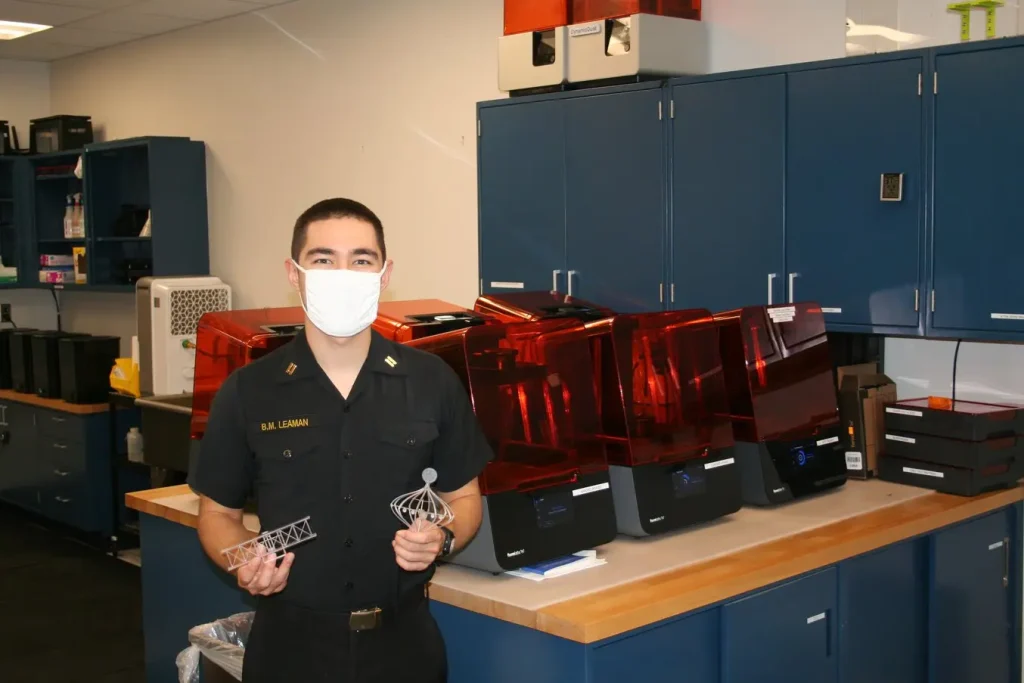 |
Mark Lorion, Sydney Finkelstein and Christine Nolan |
I was very fortunate to participate in the MassTLC’s
luncheon with Dr. Sydney Finkelstein, author of SUPERBOSSES: How Exceptional Leaders Master the Flow of Talent. Sydney shared many great tactics and there
was a small workshop which encouraged the marketing executives in the room to
think how they would react in different “Superboss” situations. I’ve recapped the ideas below
luncheon with Dr. Sydney Finkelstein, author of SUPERBOSSES: How Exceptional Leaders Master the Flow of Talent. Sydney shared many great tactics and there
was a small workshop which encouraged the marketing executives in the room to
think how they would react in different “Superboss” situations. I’ve recapped the ideas below
1.
What if
you don’t work for a superboss? Be a
superboss yourself! Enable your team to be creative and be the next great
superboss that will inspire new talent throughout your network.
What if
you don’t work for a superboss? Be a
superboss yourself! Enable your team to be creative and be the next great
superboss that will inspire new talent throughout your network.
2.
What are
the barriers to being a superboss? Superbosses
are all VERY confident. They stay away from the traditional, think outside the
box and are always team players. It’s
the big personality paradox – they have so much self-confidence they feel good
about stepping aside and letting their employees leave.
What are
the barriers to being a superboss? Superbosses
are all VERY confident. They stay away from the traditional, think outside the
box and are always team players. It’s
the big personality paradox – they have so much self-confidence they feel good
about stepping aside and letting their employees leave.
3.
How do
you find a Superboss? Think about
who you admire. Look at their
genealogy. Have past employees excelled
and spurred great talent of their own?
Don’t be afraid to ask your potential new boss, “Who worked for you and
where are they today? Do you stay in
touch with them? How do you spend a
typical day?” Watch for very rigid
schedules. Most superbosses won’t have
full days of meetings. They allow for
free time for creative thinking.
How do
you find a Superboss? Think about
who you admire. Look at their
genealogy. Have past employees excelled
and spurred great talent of their own?
Don’t be afraid to ask your potential new boss, “Who worked for you and
where are they today? Do you stay in
touch with them? How do you spend a
typical day?” Watch for very rigid
schedules. Most superbosses won’t have
full days of meetings. They allow for
free time for creative thinking.
4.
How do
you deal with great talent that leaves?
First, aspire to create an environment where they don’t leave. Provide new opportunities for growth and
create challenges. But, no matter your
efforts, you don’t have the power to keep them. Always be looking for talent! Don’t
optimize on talent retention. Learn how
you can take advantage of them moving on.
Find out how you can become part of their next big thing. If you embrace your great employees that
leave, there’s a good chance they will be a source for you later. If you ask a CEO what their biggest challenge
is, they often state people management.
If this is the single most important part of an organization, then why
is the last to change? How has this
happened?
How do
you deal with great talent that leaves?
First, aspire to create an environment where they don’t leave. Provide new opportunities for growth and
create challenges. But, no matter your
efforts, you don’t have the power to keep them. Always be looking for talent! Don’t
optimize on talent retention. Learn how
you can take advantage of them moving on.
Find out how you can become part of their next big thing. If you embrace your great employees that
leave, there’s a good chance they will be a source for you later. If you ask a CEO what their biggest challenge
is, they often state people management.
If this is the single most important part of an organization, then why
is the last to change? How has this
happened?
5.
How do
you develop an organization to cultivate Superbosses: There are culture
barriers that can often prevent cultivating superbosses. And it was strongly
agreed upon that the challenge of cultivating them can be difficult in larger
companies. However, anyone can be a
superboss. They exist up and down the
chain. Find out if you’re a superboss and receive a free copy of chapter 2 by taking this quiz!
How do
you develop an organization to cultivate Superbosses: There are culture
barriers that can often prevent cultivating superbosses. And it was strongly
agreed upon that the challenge of cultivating them can be difficult in larger
companies. However, anyone can be a
superboss. They exist up and down the
chain. Find out if you’re a superboss and receive a free copy of chapter 2 by taking this quiz!
Based on the discussion and the insights Sydney provided, I
suggest picking
up a copy of Superbosses. I’m
confident it will provide you a valuable new way to think about leadership.
suggest picking
up a copy of Superbosses. I’m
confident it will provide you a valuable new way to think about leadership.
Thanks to Marketo for the their own insights on leadership and for sponsoring the luncheon!
-Christine Nolan


